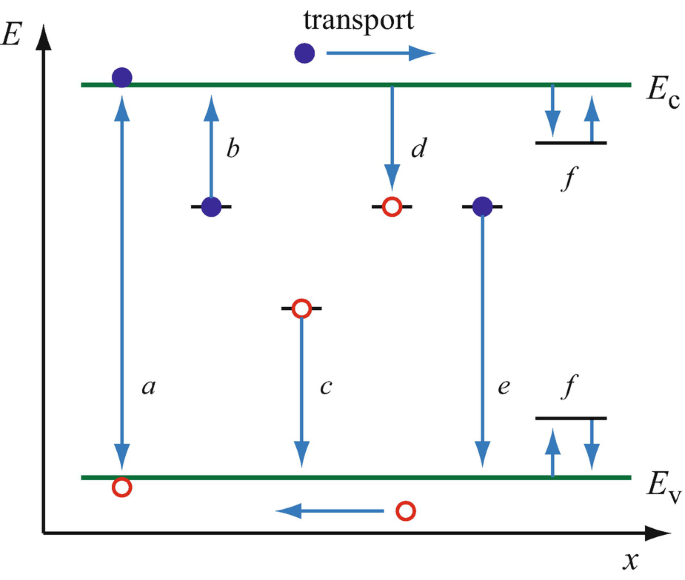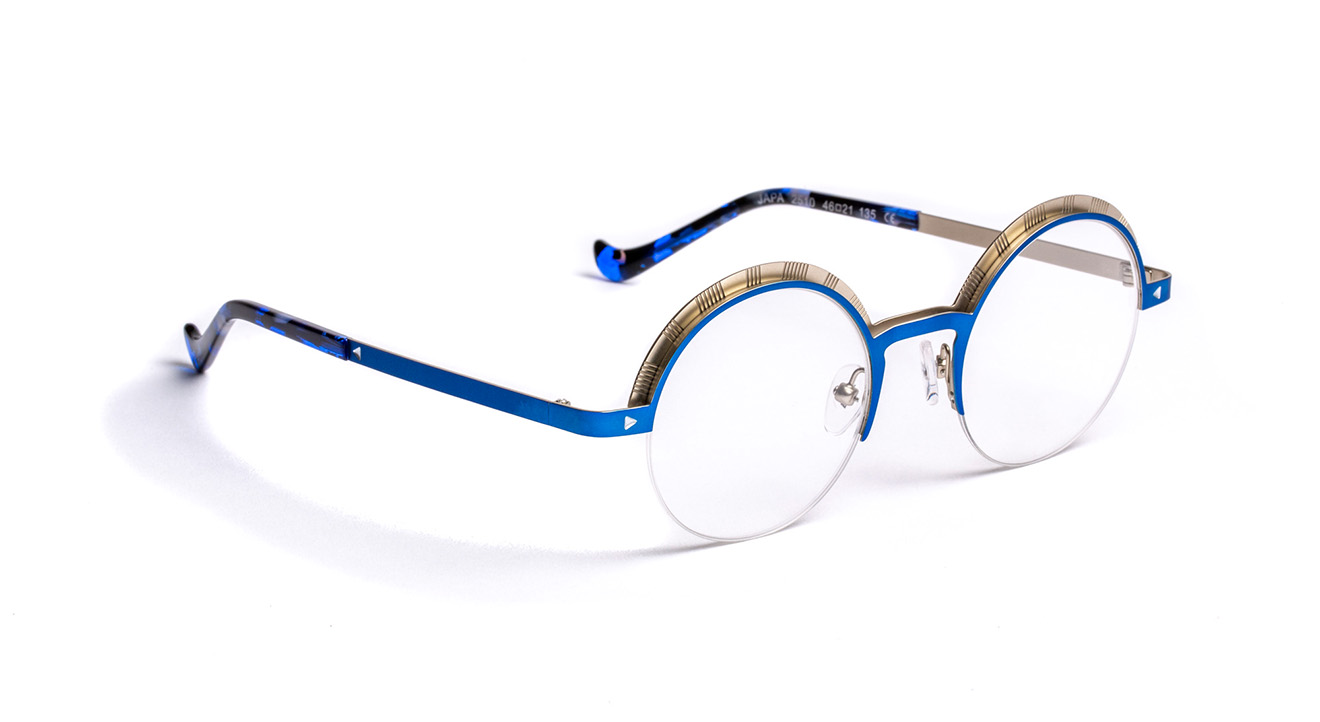

The differential vulnerability of the hippocampus to TBI compared with the high degree of plasticity of the cortex may underlie the reason that memory dysfunction lingers compared with motor and sensory recovery, as suggested by the observation that most mRNA molecules that change after injury were found to be exclusively altered in either the hippocampus or the frontal cortex. Regional intrinsic differences in gene expression before and after injury are also likely to define the pathology and recovery of function after TBI. 51 Although these examples illustrate the complexity of the molecular injury response, they also suggest many opportunities to improve our understanding of important differences between developmental and injury-related plasticity. In contrast, the synaptic activity–inhibiting, calcium-binding protein synaptotagmin IV increases only in developing animals after severe injury and not at all in adults.

50 NGF-induced protein B, a transcription factor, is upregulated in a severity-dependent fashion in the immature brain, but it is increased independent of severity in adults. 49 BDNF is an activity-related molecule closely associated with experience-dependent plasticity and developmental regulation, and it may play a compensatory role after mild TBI in the developing rodent brain, where despite reductions in BDNF messenger RNA (mRNA) and protein expression in the ipsilateral cortex and hippocampus, contralateral upregulation occurs up to 2 weeks after injury. For instance, BDNF levels after experimental TBI are increased to a greater extent in aged animals than in young animals. These alterations are not simple issues of upregulation versus downregulation because they occur with temporal, subregional, and age-related specificity. 47 S-100β is a neurotrophic and neuroprotective calcium-binding protein produced primarily by astrocytes that, despite a correlation between increased cerebrospinal fluid levels and poor prognosis in TBI patients, has a beneficial effect on neuronal maintenance, neurogenesis, and cognitive performance in rodent TBI models. 45,46 Fibroblast growth factor 2 (FGF-2) is also upregulated, which stimulates posttraumatic neurogenesis and preserves granule cell layer volume, effects that are increased with FGF-2 supplementation through gene transfer. RNA studies have demonstrated that some neurotrophic compounds such as nerve growth factor (NGF) and BDNF are upregulated, 43,44 whereas others such as neurotrophin-3 (NT-3) are downregulated. Several studies have shown that expression of neurotrophic factors is significantly altered after experimental TBI.

Gene and protein profiling strategies have been used to study plasticity-related gene expression after experimental TBI. Richard Winn MD, in Youmans and Winn Neurological Surgery, 2017 Gene and Protein Expression


 0 kommentar(er)
0 kommentar(er)
